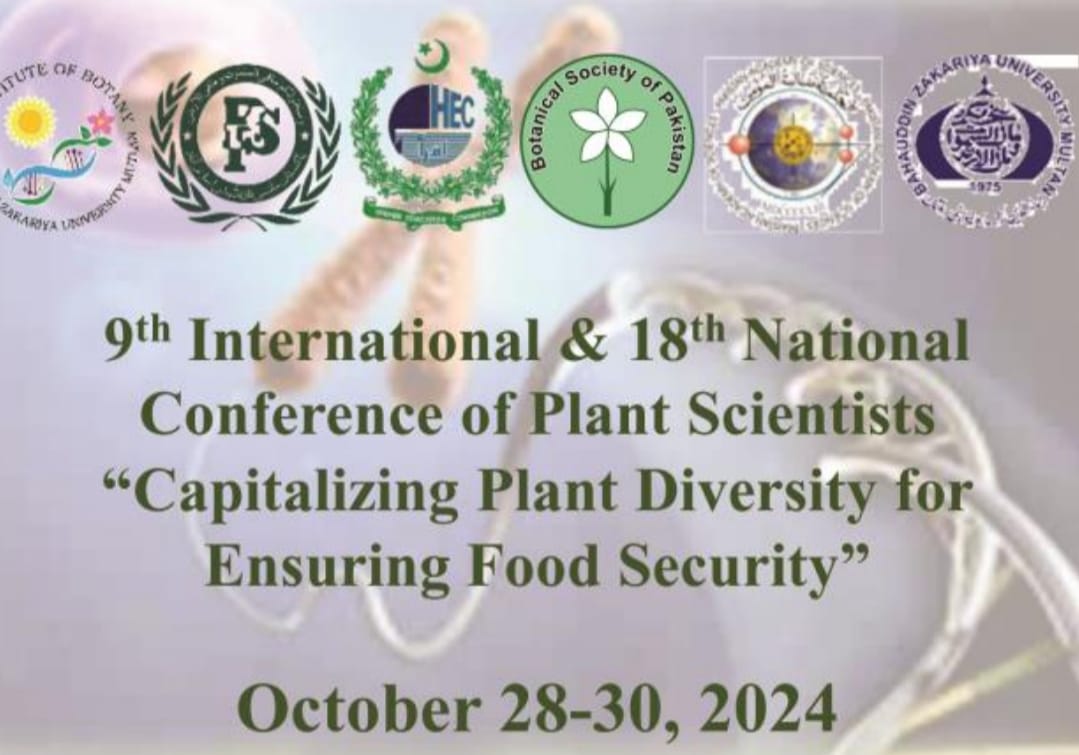
PJB-2025-144
Isolation, structural characterization and bioactive potential of a novel pectic polysaccharide derived from tobacco waste
Yan Zhao, Yanjun Huang, Hongqiao Lan, Qinghui Wu, Xiucai Liu, Qiaoling Li, Quanxing Zheng, Zechun Liu and Wei Xie
Abstract
Across the globe, approximately 200 million tons of tobacco waste are generated annually. Traditional treatment methods generally cause resource waste and environmental pollution. It is worth noting that discarded tobacco leaves are abundant in pectic polysaccharides that comprise 5-12% of their dry weight. In this study, a novel pectic polysaccharide, CSTP5b, was isolated from tobacco waste for the first time. This was achieved via sequential extraction with ammonium oxalate, followed by column chromatography. CSTP5b is composed of 55.23% rhamnogalacturonan-I (RG-I) and 44.77% homogalacturonan (HG) domains. The HG domain exhibits methyl esterification, while the RG-I main chain has branches where galactan and arabinan are linked. Characterized by a sheet-like morphology, CSTP5b exhibits weak crystalline properties and notable thermal stability. Additionally, it demonstrates significant free radical scavenging and hypoglycemic activities. This study elucidates the fine structural characteristics of tobacco pectic polysaccharides. This indicates that tobacco waste may serve as a viable source of low methyl-esterified RG-I-HG type pectin and potential natural antioxidants and hypoglycemic products. These findings offer a novel avenue for the targeted exploration of bioactive components in tobacco by-products
To Cite this article: characterization and bioactive potential of a novel pectic polysaccharide derived from tobacco waste. Pak. J. Bot., 58(1): DOI: http://dx.doi.org/10.30848/PJB2026-1(13)
Download PDF


